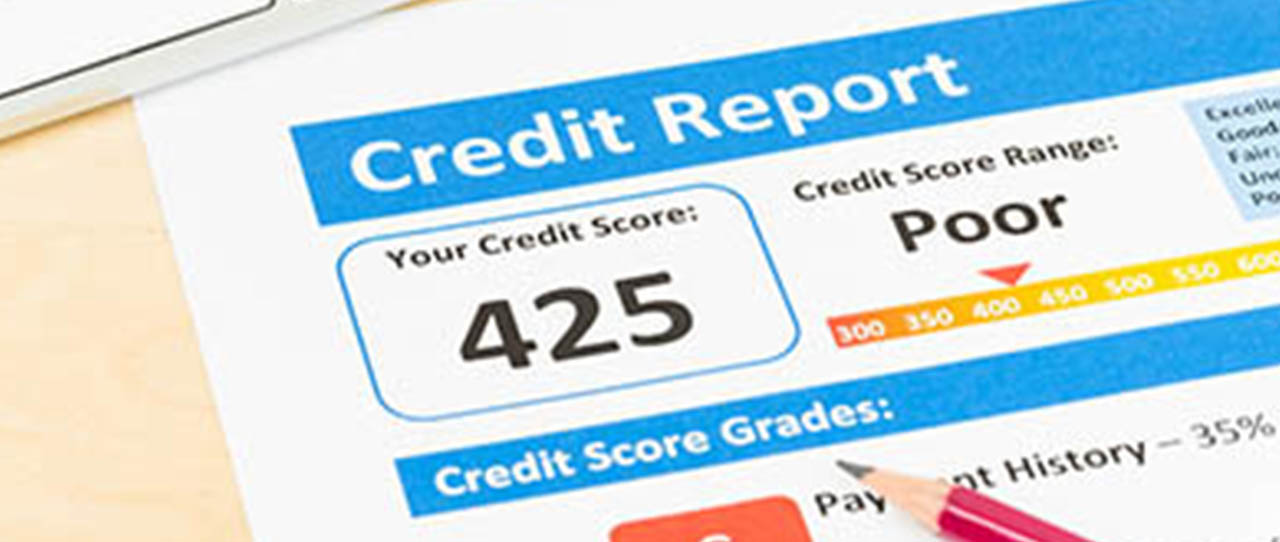Should I Choose a 30-year or 15-year Mortgage?
Posted: 2018-11-27 | Author: Richard Simon
For borrowers who are buying a home, the standard mortgage runs for 30 years. The vast majority of borrowers choose this option, because it is generally the longest term you can opt for with the lowest monthly payment. There are 40-year mortgages as well, but not all lenders offer this option, and most homebuyers prefer not to be locked in for that long.
When it comes to buying a home with a mortgage, the choice is usually between a 15-year and a 30-year mortgage. There are also 10-year and 20-year mortgages, but 30 and 15 are the two options most borrowers look at. Opting for a 15-year mortgage over a 30-year mortgage can make sense for some homebuyers, depending on the situation.

Advantages of a 15-Year Mortgage
- Own your Home Faster: The goal of many home buyers is to own a house free and clear as quickly as possible. With a 15-year mortgage, you can accomplish that goal in half the time. This is especially helpful for buyers who are well over the age of 40 and want to get their home paid off before they retire.
- Build Home Equity Faster: Since you are paying your home off faster, this also means you are building equity in the home faster as well. This means you are building your net worth at a more rapid pace, and it also gives you the option to borrow more against your home if you ever need to in the future. The average homeowner moves every five to seven years, and the additional equity can also allow you to take more money out of the home when it comes time to sell.
- Save Money on Interest: A 15-year mortgage can save you thousands, even tens of thousands of dollars in interest payments. This happens for two reasons. First, the interest rate is slightly lower than on a 30-year term, usually around a half percent to three-quarters of a percent. Secondly, because the loan is paid off in half as many years, you pay far less interest.
Disadvantages of a 15-Year Mortgage
- Higher Payment: The major drawback to a 15-year mortgage is the monthly payment. Monthly payments are close to 50% higher with a 15-year mortgage vs. a 30-year. For example, if your monthly payment on a 30-year mortgage would be $1,000, it would be around $1,500 for a 15-year. This could make it difficult to fit the 15-year payment into your budget.
- Cannot Qualify to Borrow as Much: Mortgages are approved based largely on your debt-to-income ratio. For this reason, adding another 50% to your mortgage payment might mean that you cannot get approved for as much money as you need to buy the home you want.
- Opportunity Cost: The extra money you spend each month on a 15-year mortgage is money you are not able to spend or invest in other areas. This might come at a cost if, for example, you would have otherwise invested that money into an employer-matching retirement plan or directly into the stock market, where the returns have been much higher lately than any savings you would see on interest payments.
Which Option is Best for Me:
The decision whether to opt for a 15-year or 30-year mortgage can be a difficult one as there are pros and cons to each. The right choice depends largely on your specific circumstances and what your goals are. To help with this decision, it is best to speak with a qualified mortgage-lending specialist. A reputable mortgage specialist can thoroughly assess your situation and go over all the options with you, so you can make the most informed decision on which type of mortgage you want to choose.
ID: B17EF6D19C7A5B1EE83B907C595526DCB1EB06DB8227D650D5DDA0A9F4CE8CD9




